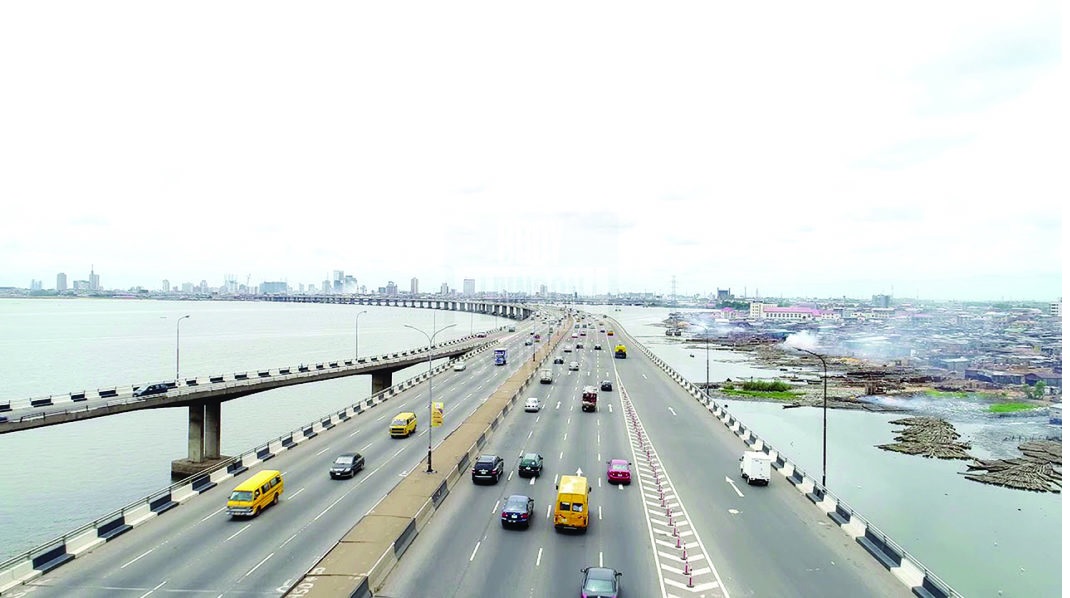The third mainland bridge that is currently undergoing rehabilitation in Nigeria is set to be re-opened to the public by 15th February. This is according to the Minister of Works and Housing, Babatunde Fashola who added that as soon as the bridge is re-opened, work would begin on the Falomo Bridge.
According to the minister, most of the construction works are almost done despite the disruptions caused by the civil protest experienced in the country last year which necessitated the movement of the re-opening date.
Also Read: Phase 2 rehabilitation of third mainland bridge in Nigeria 22% complete
Works on Falomo bridge
“The ongoing works at the mainland bridge are delaying the works on Falomo bridge,” said Mr. Fashola during the inspection of construction works on major roads and bridges in Lagos State. “That is one of the reasons why I also came to see how far the works are. We have done some work on Falomo Bridge, we are going to have to close it as soon as this is done so that we can also replace the expansion joints there,” added the minister.
He further affirmed that all the other preliminary works have been done at Falomo bridge, but they left it in order to reduce the inconvenience to commuters in and around Lagos.
Third Mainland Bridge is the longest of three bridges connecting Lagos Island to the mainland, others are the Eko and Carter bridges. It was the longest bridge in Africa until 1996 when the 6th October Bridge located in Cairo was completed. The bridge starts from Oworonshoki which is linked to the Apapa-Oshodi express way and Lagos-Ibadan express way, and ends at the Adeniji Adele Interchange on Lagos Island. The bridge was built by Julius Berger Nigeria PLC and opened by President Ibrahim Babangida in 1990; it measures about 11.8 km in length.

